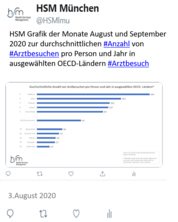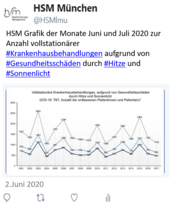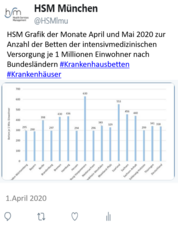From data to decisions? Exploring how healthcare payers in England respond to the NHS Atlas of Variation in Healthcare
| Autoren/Herausgeber: |
Schang, L. Morton, A. DaSilva, P. Bevan, G. |
|---|---|
| Erschienen: | 2014 |
| Publikationsart: | Articles in Refereed Journals (International) |
| ISBN/ISSN: | 0168-8510 |
| erschienen in: | Health Policy |
| Weitere Quellenangabe: | Volume 114(1), Pages 79-87 |
Abstract
PURPOSE:
Although information on variations in health service performance is now more widely available, relatively little is known about how healthcare payers use this information to improve resource allocation. We explore to what extent and how Primary Care Trusts (PCTs) in England have used the NHS Atlas of Variation in Healthcare, which has highlighted small area variation in rates of expenditure, activity and outcome.
METHODS:
Data collection involved an email survey among PCT Chief Executives and a telephone follow-up to reach non-respondents (total response: 53 of 151 of PCTs, 35%). 45 senior to mid-level staff were interviewed to probe themes emerging from the survey. The data were analysed using a matrix-based Framework approach.
FINDINGS:
Just under half of the respondents (25 of 53 PCTs) reported not using the Atlas, either because they had not been aware of it, lacked staff capacity to analyse it, or did not perceive it as applicable to local decision-making. Among the 28 users, the Atlas served as a prompt to understand variations and as a visual tool to facilitate communication with clinicians. Achieving clarity on which variations are unwarranted and agreeing on responsibilities for action appeared to be important factors in moving beyond initial information gathering towards decisions about resource allocation and behaviour change.
CONCLUSIONS:
Many payers were unable to use information on small area variations in expenditure, activity and outcome. To change this what is additionally required are appropriate tools to understand causes of unexplained variation, in particular unwarranted variation, and enable remedial actions to be prioritised in terms of their contribution to population health.





